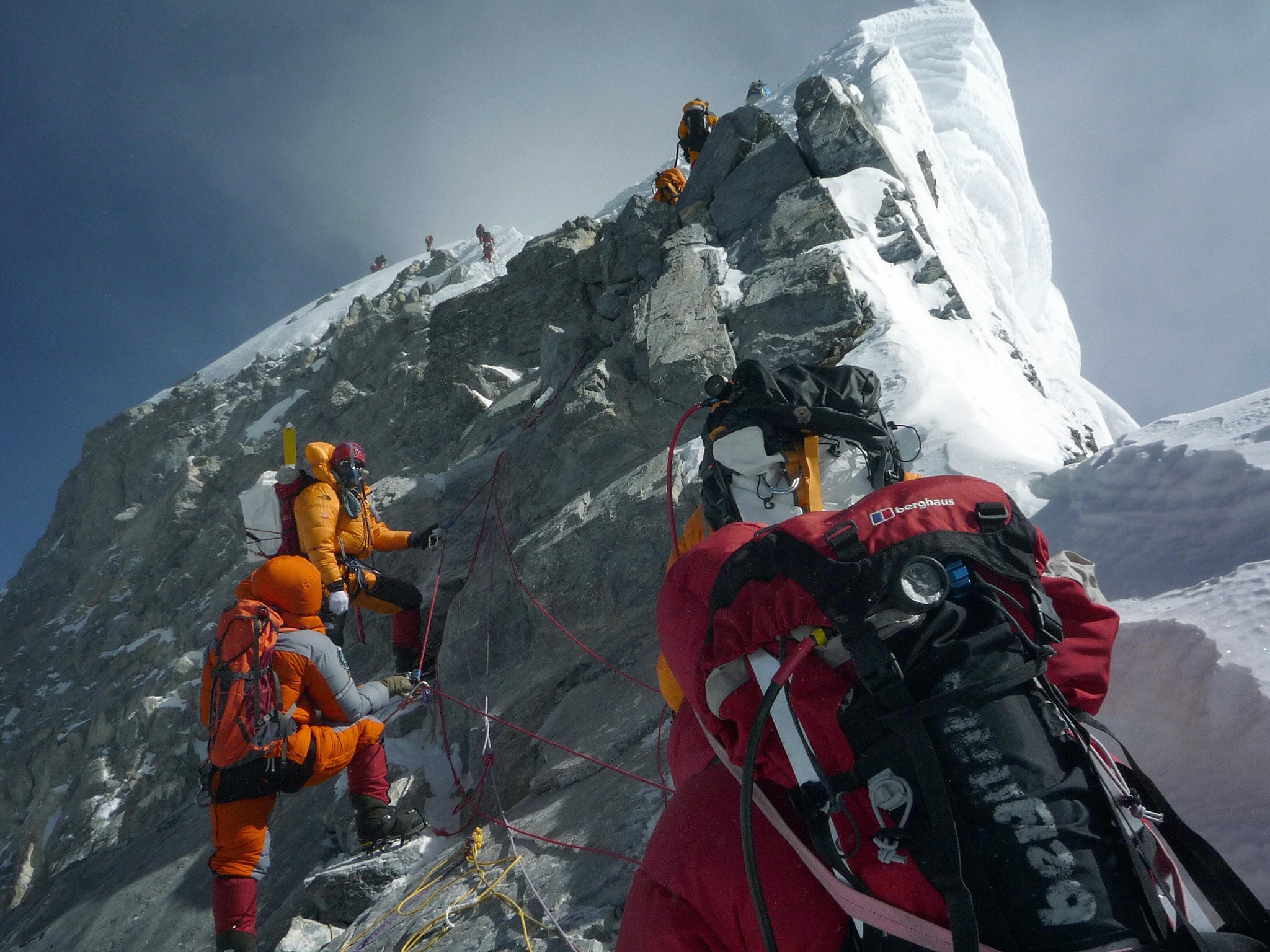Beijing-Nepal rail link: China considers drilling tunnel under Mount Everest in effort to boost trade and tourism
But the development risks causing more tension with India over China's ambitions in south Asia

It may be the world’s tallest mountain to climb, but now China has set itself an even greater Mount Everest challenge: attempting to bore a tunnel straight through it.
Officials are considering building a rail link from Chinese-controlled Tibet to Nepal which would ultimately link the mountain state’s capital, Kathmandu, with Beijing – and would need to pass beneath the Himalayan mountain range.
The new rail route would boost trade and tourism between China and Nepal in a development that risks more tension with India over China’s ambitions in south Asia.
The new line would join an existing line from Qinghai, a central Chinese province, to Lhasa, the capital of Chinese-controlled Tibet, and is being planned “at Nepal’s request”, according to reports in the China Daily.
A Tibetan official is cited as saying it will be completed by 2020.
Everest’s 29,029ft summit sits precisely on Nepal’s border with China. The rail project’s specific details are few, but engineers may look for guidance to the makers of the world’s current longest and deepest tunnel, under the Swiss Alps. The Gotthard Base Tunnel is 35 miles long, and runs beneath more than 7,500ft of mountain. It was completed in 2013, with trains expected to pass through it in 2016. For most of the work, its builders used a 300-ton mechanical mole to crunch through 125ft of rock every day, with the rest done by conventional drilling and blasting.
Top 10 countries with the world's longest railway networks
Show all 10China’s foreign minister, Wang Yi, visited Kathmandu in December and said the line could eventually be extended to that city and beyond.
Chinese tourism to Nepal, which is home to eight of the world’s 14 peaks higher than 8,000 metres (26,246 ft) is also growing.
Wang Mengshu, of the Chinese Academy of Engineering, told state media: “If the proposal becomes reality, bilateral trade, especially in agricultural products, will get a strong boost, along with tourism.”
He added: “The line will probably have to go through Qomolangma [the Tibetan name for Everest], so workers may have to dig some very long tunnels.”
The challenging Himalayan terrain, with its “remarkable” ups and downs, means that trains on any line to Kathmandu would probably have a maximum speed of 75mph, he said.
Sino-Indian tensions remain high, with both countries – home to 40 per cent of the world’s population between them – seeking to shore up their influence in their respective regions.
Not far from the proposed rail link are areas which China and India both claim as their own, and over which there was a border war in 1962. China claims ownership of a chunk of Arunachal Pradesh, an Indian state on its border.
As recently as February, the country summoned India’s ambassador in Beijing to protest at Prime Minister Narendra Modi’s visit to the state.
Subscribe to Independent Premium to bookmark this article
Want to bookmark your favourite articles and stories to read or reference later? Start your Independent Premium subscription today.

Join our commenting forum
Join thought-provoking conversations, follow other Independent readers and see their replies